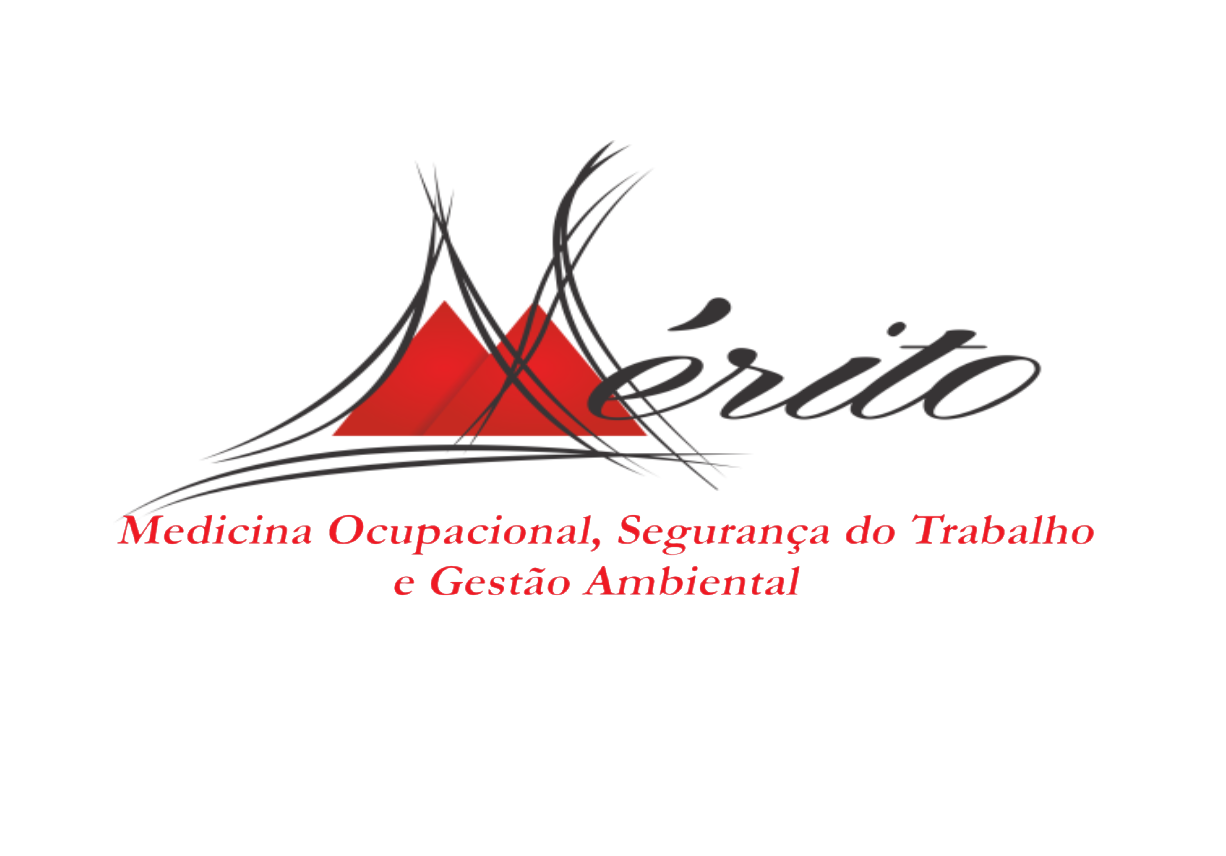Have you ever been curious about the magical globe of purpleocean tarot card cards? These complex cards have actually been utilized for centuries as a tool for divination, giving understanding and advice into various elements of life. In this short article, we will explore the background, symbolism, and relevance of tarot card cards, along with exactly how they are used in modern-day technique.
The History of Tarot Card Cards
It is believed that tarot cards came from the 15th century in Europe, most likely in Italy or France. The very first recognized tarot card deck was developed in the early 1400s, referred to as the Visconti-Sforza deck. Originally used for playing card games, tarot cards eventually evolved right into a device for prophecy and spiritual assistance.
Each tarot deck contains 78 cards, divided into two primary classifications: the Major Arcana and the Minor Arcana. The Significant Arcana includes 22 cards that stand for substantial life events and spiritual lessons, while the Minor Arcana includes 56 cards that mirror daily experiences and challenges.
Over the centuries, tarot cards have actually been related to numerous magical and esoteric customs, consisting of Kabbalah, astrology, and numerology. Today, tarot card reading is a prominent type of divination and self-reflection, offering insight into previous, existing, and future circumstances.
- The Major Arcana cards represent essential life lessons and spiritual motifs.
- The Minor Arcana cards stand for daily obstacles and experiences.
- Tarot card cards have actually been associated with mystical practices such as Kabbalah and astrology.
The Symbolism of Tarot Card Cards
Each tarot card is abundant in meaning and images, made to stimulate deep understandings and feelings. The pictures on the cards can differ depending on the particular deck, but they commonly consist of universal symbols and archetypes that reverberate with the subconscious mind.
For example, the Fool card stands for new beginnings and experiences, while the Fatality card signifies transformation and rejuvenation. The Empress card represents imagination and abundance, mystic sense while the Tower card stands for unexpected adjustment and upheaval.
Whether you are utilizing tarot card cards for individual representation or expert readings, the signs on the cards can work as effective devices for self-contemplation and growth. By translating the images and definitions of the cards, you can acquire a deeper understanding of on your own and your life course.
How Tarot Card Cards are Made Use Of Today
Today, tarot cards are used for a selection of objectives, including personal reflection, spiritual assistance, and fortune-telling. Many individuals turn to tarot analyses as a means to obtain understanding right into their partnerships, jobs, and individual growth.
Professional fortune-teller often use a mix of instinct, experience, and conventional analyses to provide advice and clarity to their customers. Whether you are looking for solution to particular inquiries or just seeking basic guidance, a tarot reading can use useful insights and point of views.
Along with typical in-person analyses, tarot cards are currently generally made use of online through digital analyses and applications. Modern modern technology has actually made tarot much more easily accessible to a larger audience, enabling individuals to explore this old practice from the comfort of their own homes.
Final thought
Finally, tarot card cards are an interesting device for prophecy and self-reflection, with an abundant history and meaning that continues to astound people all over the world. Whether you are an experienced tarot enthusiast or an interested novice, discovering the globe of tarot card cards can use valuable understandings and assistance right into various aspects of life.
So why not grab a deck of tarot cards and begin your own trip of self-discovery today?
Bear in mind, the tarot card is not about forecasting the future, however instead concerning obtaining understanding and clarity into today moment and the courses that exist ahead.
